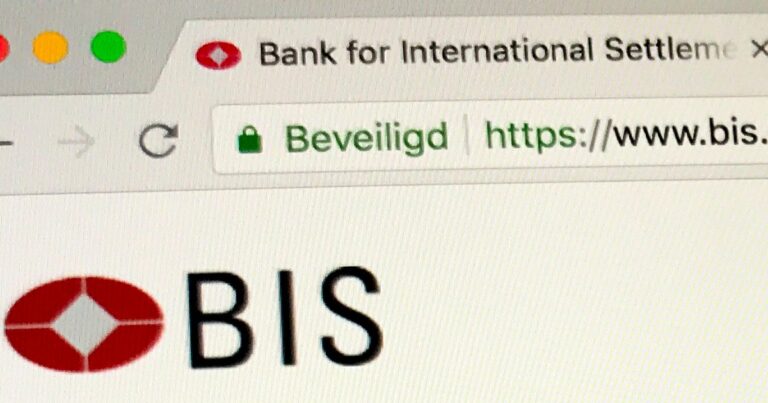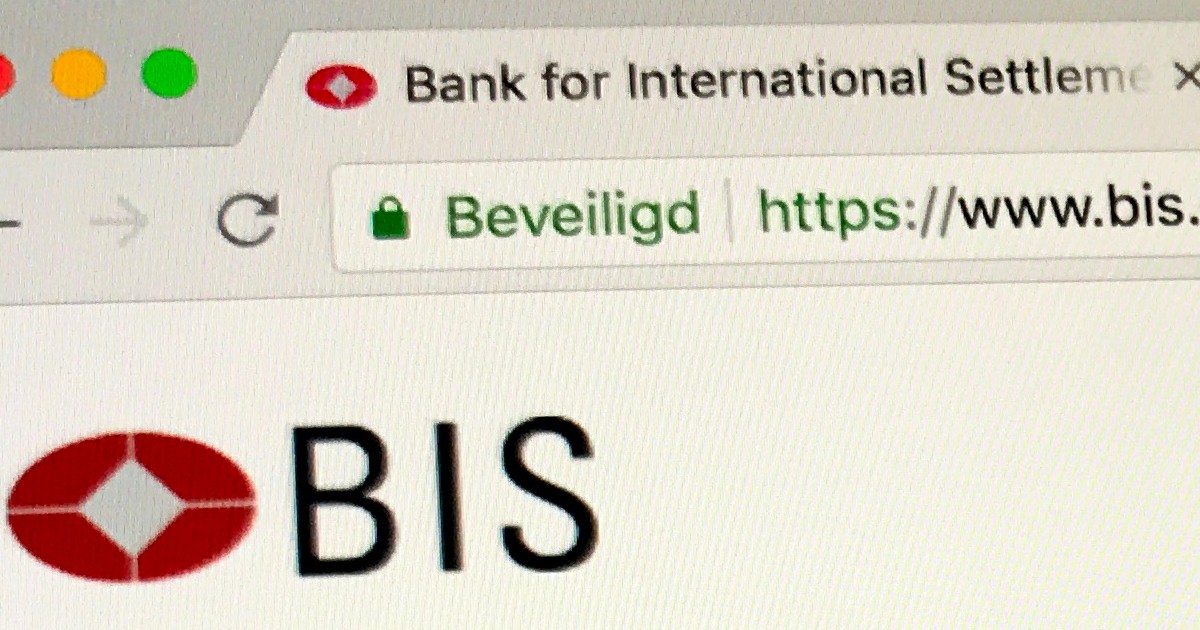
Source: blockchain.news
In its exploration of blockchain technology, the Bank for International Settlements (BIS), together with the “Eurosystem”: the central banks of France, Singapore and Switzerland will launch a new project called “Project Mariana”.

According to the press release, the project would use decentralized finance (DeFi) to automate foreign exchange markets and settlement while enhancing cross-border payments between wholesale central bank digital currencies in Swiss francs, euros and Singapore dollars, or CBDCs.
The project is mainly built with the applications used in the DeFi sectors, such as smart contracts and automated market making protocols (AMM). The Mariana Project fuses pooled liquidity with innovative algorithms to dictate prices between two or more tokenized assets to aid cross-border CBDC trading.
In addition to the use of the Mariana Project as a DeFi implementation, the centralized financial institution also stated that the automated market making technology may become the “foundation for a new generation of financial infrastructure.”
Cecilia Skingsley, Director of the BIS Innovation Hub, commented: “This pioneering project pushes our CBDC research towards innovative frontiers, incorporating some of the promising ideas from the DeFi ecosystem.” She added: “Mariana also marks the first collaboration between Centers of Innovation Centers – look forward to seeing more in the future.”
The BIS and its central bank partners have set a tentative date for delivering a proof of concept in mid-2023. Notably, this is not the first project that BIS will launch. In September, the organization launched the Icebreaker Project together with the central banks of Sweden, Norway, and Israel to see how CBDCs can be used for international remittances and retail payments.
The project’s icebreaker was built around cross-border payments that are used to insufficient transparency, limited access, low speeds and high costs. As reported by Blockchain.News, this project seeks to explore how central bank digital currencies (CBDCs) can bridge the gap by examining the technological feasibility and specific vital functions of interconnecting various national networks of CBDCs.
Image Source: Shutterstock
Read More at blockchain.news